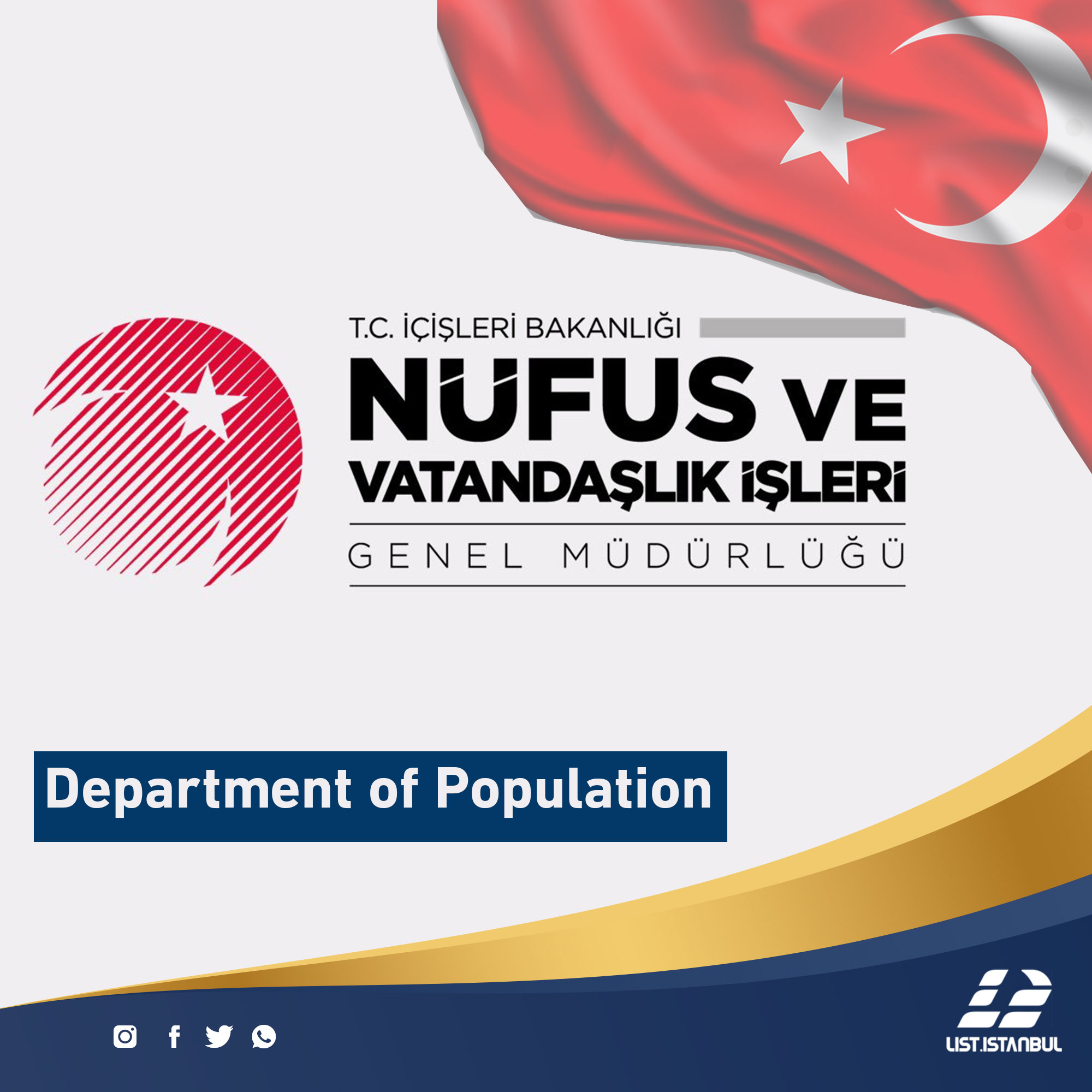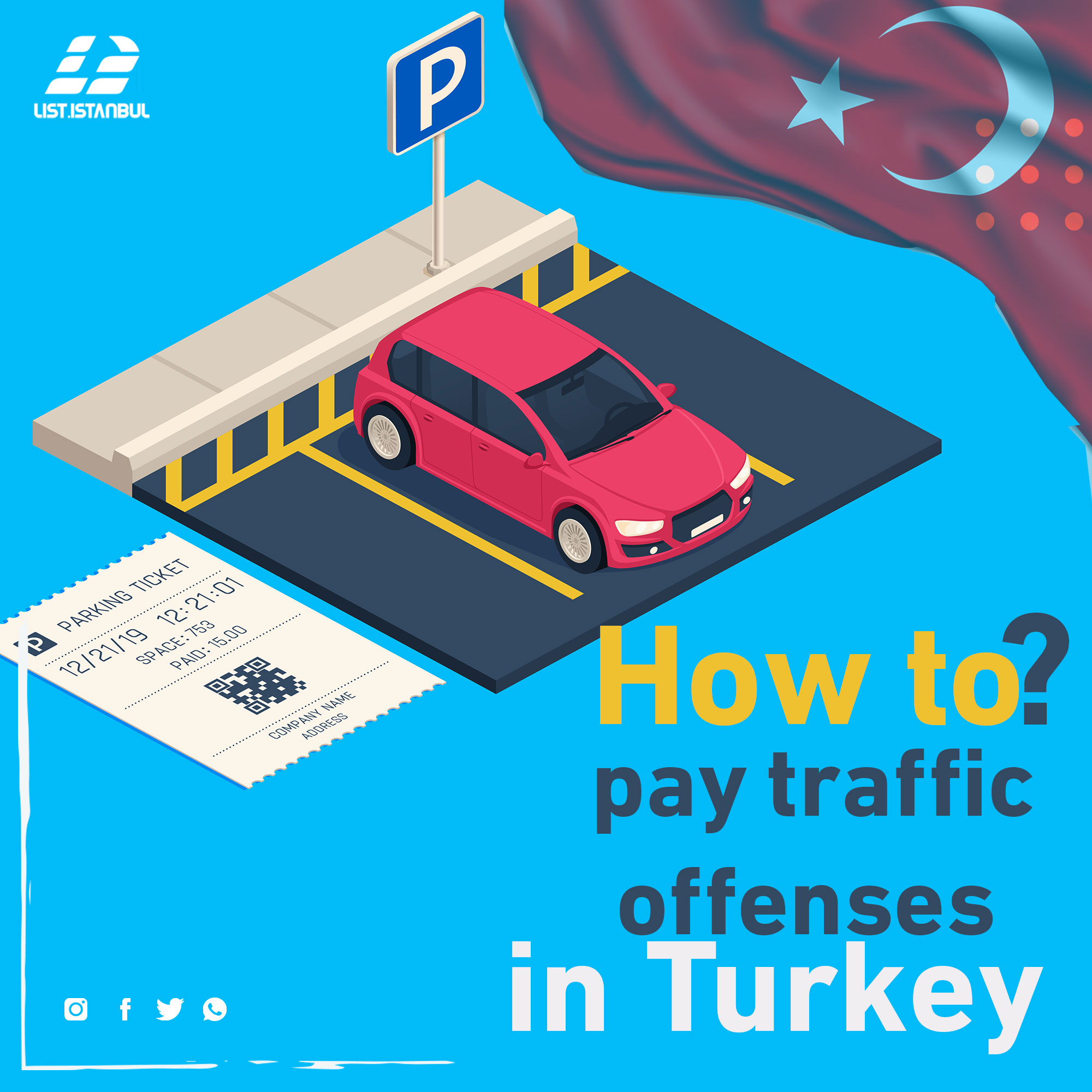Most of the students' studies are incorrect, according to psychologists Henry Ruidger and Mark McDaniel of Washington University in St. Louis, who recently shared their conclusions with author Peter Brown.
Most students rely on re-reading of books, while psychological studies in laboratories and on physical students have shown that this method of learning is completely wrong.
One of the most effective methods, for example, is the use of animation, graphics and tests, as well as breaks between study times and mixing different subjects. McDaniel shares eight points for students and teachers through his research:
Do not just reread your posts and readings
Most of the surveys showed that students' study was based on re-reading assignments and memos, and that this was the first method they applied to.
Many studies have confirmed that the method of repetition is not the best way to learn or to create a static memory. A study of two students at the University of Washington has shown that learning does not improve when they read a chapter in the book and read it once.
A lot of information is extracted when you read a topic for the first time, but the second time you start reading the principle of "I know this information", so you do not understand it deeply and do not extract much new information about the first time.
Re-reading is a superficial and deceptive way, which involves understanding and knowing the content well, but in fact you are not sufficiently familiar with the subject.
Ask yourself a lot of questions
One of the alternative ways of reading frequently is to read again and then start to test yourself either by asking questions at the end of the class or by asking you questions. Information retrieval is what produces strong education and strong memory, even if you do not answer correctly. I still do not know it well, and you should go back to it with a mind.
Questions also deepen your understanding of the subject, for example if we assume that you are studying the history of the world and how the trade partnership between Rome and Athens, the question here could be: Why have they become partners? Why have they built ships and learned to sail? The question can also be how and why ?!
When you put questions, you are trying to explain and thus you increase the understanding of the information, leading to better memory and learning, so instead of just reading, put questions to help you understand.
Link information to your old information
Another way to do the reading the second time is to link the information you are reading with previous information, which improves the level. For example, the information you know if you are studying how neurons are transferred to nerve impulses is that neurons are surrounded by a fatty membrane called the myelin casing, which helps cells move nerve impulses more quickly.
Here we can compare this with running water in a hose, where the water runs quickly only if you do holes in the hose and start to leak, so you will not get the same speed of flow. This is precisely what happens when our ages grow, the myelin casings start to split and the impulses of the nerve impulses become slow.
Draw information to be visible
One of the best ways to study is to make graphs or visual models. For example, at the beginning of a psychology course, you can read classical conditioning, but if you make a graph, this will help you to understand the path more deeply and write and characterize the different aspects of it (eg, state, stimulus, etc.).
An active education in which the student engages himself in the educational process and is a party to it and not only in the future of information is one of the most helpful ways of retrieving the information.
Use the cards
One of the good ways to study the use of educational cards, and use these cards to put questions on a number of cards and begin to test yourself and reuse the correct cards.
Many students remove the cards they answered correctly, but this method is not correct. Re-recalling information in memory is important. Studies have shown that in this educational method it is useful to reuse the card.
You will definitely want to reuse the card that you answered incorrectly, but it is also important that you return the cards correctly.
Do not push your time - give yourself space
Many or perhaps most students are postponing the study until the last minute! In one night they study and repeat all the information over and over again.
Research has shown that this method is useless in the long term. It allows you to skip the test the next day, but when you approach end-of-year tests, you will not be able to collect that information easily and save it again. .
This happens often in the census, where students come in the new school year and have forgotten all the information because of pressure on the night of the test.
The best way is to repeat at different intervals. For example, you do a little training one day and then train again the next day and then two days later. Studies have shown that leaving enough space is very important.
Teachers also have to give enough space between classes
In most traditional educational systems, the teacher interprets a subject on the first day, then moves on to another subject on the second day, then another topic in the third, and so on, this quantitative presentation in which the teacher does not return to review the article as a whole.
What is required of teachers is to develop the curriculum in the eye of the student every few days or weeks, and there are many ways to do so, at the University of Washington, for example, there are teachers who give a small test a week and return to the test mode based on what was explained last week only! Now they have begun to implement the method of backtracking in the curriculum a little, and one of the professors of psychology to deduct time from each lecture to pass on the previous parts of the curriculum.
This can also be done by homework. The traditional way is to give assignments to the new lesson in each session, but it is always preferable to always give assignments to new parts and with some questions from previous lessons.
For example, if we assume that someone is studying the history of art, he began studying the works of Jaojian and see many of his works and drawings, then studied the work of Matesi and saw many of his drawings, many students think that this is a good way to learn the different ways of drawing, This method is not the most effective. For example, it is best to give students an example of one painter, another example of another painter, and so on, then back to the first and pass on to others one by one, this confusion or confusion produces a better learning which can be translated into the example we put here To know the Tao B distinguish between drawings by knowing the painter who painted.
This method also works in all kinds of methods, for example, in statistics. In real life, no one will tell you what type of statistical question you are facing, but you will need to know the solution and type of question on your own. Solved many scattered issues and learned how to solve each issue.
There is no one called an arithmetic person
A study by Carol Dweik, a professor at Stanford University, showed that there are two mentalities in education:
First, it is a static educational model, such as those who say, "I have abilities in this article, for example math or physics, and I will make an effort to get to the top of my understanding. Before I get to this understanding,
The second mentality, a mature mentality, believes that education must include effective strategies, such as those who say, "I will put the time required to teach this material aside and integrate it into learning."
The division of educational mentalities is useful in knowing the extent to which the student will reach. Mature students are more likely to face difficulties and to succeed in challenges than students with fixed mentalities.








